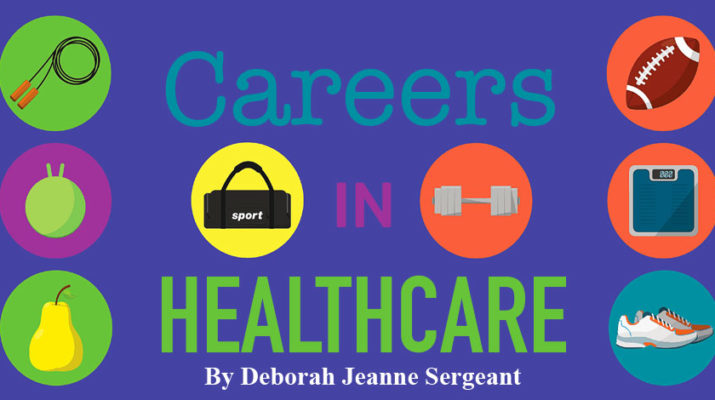PAs can perform physical examinations and a number of other tasks
By Deborah Jeanne Sergeant
 Few careers in healthcare share the same kind of impact as the physician assistant.
Few careers in healthcare share the same kind of impact as the physician assistant.
The PA often performs tasks and works in roles like that of the medical doctor, but the PA educational path is shorter than the Doctor of Medicine’s. That means that more PAs can enter the field to fill the gaps in healthcare caused by the increased demand and massive number of MD retirements happening. Like the MD, the entrance into PA programs is tough.
“PA programs have low acceptance rates—2% to 3%—and high application rates,” said Selma Mujezinovic, doctor of nurse practice, and vice president of Rochester Regional Health’s Advanced Practice Providers, which includes physician assistants. “It’s highly competitive.”
The capacity for PA programs is limited and the demands for applicants are high. Strong grades in science and math are a must, along with 500 to 2,000 hours volunteering or working in some facet of healthcare to demonstrate their dedication to the field. Without these, “you don’t even get past the admission office,” Mujezinovic said.
It’s also helpful if applicants have participated in extracurricular activities such as sports that demonstrate high achievement and teamwork.
“When they get to an interview process, you get into a smaller group setting interviewing with faculty,” Mujezinovic said. “They assess communication skills, ability to answer questions. That’s just to get into the program.”
The annual median pay for a PA in the Rochester region is $108,180.
The entry is so challenging that nationwide, PA programs boast an attrition rate of less than 1%. The applicants can participate in the five-year program directly out of high school or enter the two-year program if they already have a bachelor’s degree.
Participants must maintain a GPA of 3.2 or higher in most programs.
“The level of rigor that these programs require does sort of stratify the workforce as the top performers,” Mujezinovic said. “There’s no surprise that when they come out, they’re ready to take on the task.”
The final year of either program is working at hospital, rotating through a variety of settings every four or five weeks. After graduation, PAs must take a board exam and pass a background check to obtain their state license. At that point, they can practice in every setting in healthcare and in any specialty, augmented by on-the-job training. They must also complete 100 hours of continuing education credits every two years and sit for the exam every 10 years.
Gregory Rosinski, physician assistant with Clinton Medical Associates and APP Manager at UR Primary Care Network, said that PAs filling a healthcare provider shortage is not a new concept.
“The origin of the PA goes back to the mid-1960s,” he said. “There were Navy military men coming back from Vietnam with a phenomenal skillset. A physician at Duke saw the potential to fill many of the gaps in primary care. There was a huge shortage, not unlike what we have now. These combat healthcare experienced medics helped fill the shortage. The first PAs were men, but the first females were graduated from Duke in 1970.”
PAs can perform physical examinations, diagnose, order lab work, interpret lab work, perform procedures and assist at surgeries. At some practices, such as Rosinski’s, they see their own panel of patients.
Nurse practitioners and physician assistants are sometimes referred to as “physician extenders”—not a term preferred by PAs—because they allow the office to extend care to more patients. “Mid-level provider” is also a term viewed negatively by PAs.
“There’s nothing ‘mid-level’ about what we do,” Rosinski said. “There’s a long history of a strong relationship between PAs and physicians. We designate a physician who’s our supervising physician. We work in tandem with that physician. I have a panel, I see patients. The professional relationship has always been collaborative. The most successful clinical teams utilize the different skills and abilities.”
He views the PA role as offering a better work-life balance than that of a MD. He also likes the idea that PAs can pivot to different locations of care and specialties, which offers limitless opportunities. Physicians who study a specialty are much less nimble in their career.
“It’s hard to ignore that we have a lot of amazing physicians who are looking at perhaps retiring over the next five to 10 years,” Rosinki said. “I’m not convinced that the number of physicians in primary care practices is going to be able to replace them. PAs are uniquely positioned to fill some of that void. The financial expense, when you look at medical school, there’s a huge value with PAs.”
According to the Bureau of Labor Statistics, the job outlook from 2020 through 2030 is 31% growth, much higher than most other careers. The annual median pay for a PA in the Rochester area is $108,180.

